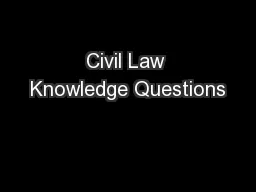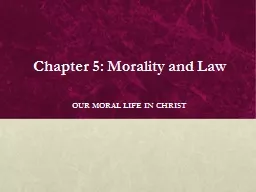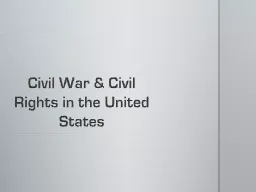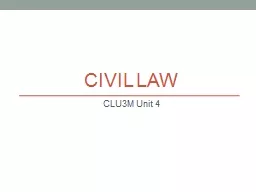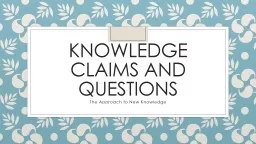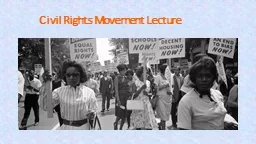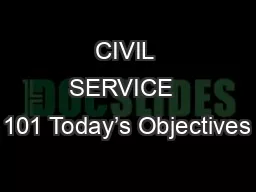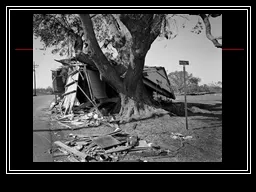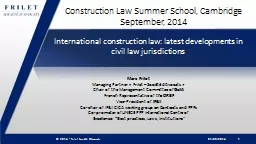PPT-Civil Law Knowledge Questions
Author : karlyn-bohler | Published Date : 2017-04-24
Possible Civil Liability Knowledge Questions 1 amp 2 Duty Explain how the law decides whether a duty of care is owed in negligence 8 A claimant proves that a duty
Presentation Embed Code
Download Presentation
Download Presentation The PPT/PDF document "Civil Law Knowledge Questions" is the property of its rightful owner. Permission is granted to download and print the materials on this website for personal, non-commercial use only, and to display it on your personal computer provided you do not modify the materials and that you retain all copyright notices contained in the materials. By downloading content from our website, you accept the terms of this agreement.
Civil Law Knowledge Questions: Transcript
Download Rules Of Document
"Civil Law Knowledge Questions"The content belongs to its owner. You may download and print it for personal use, without modification, and keep all copyright notices. By downloading, you agree to these terms.
Related Documents

